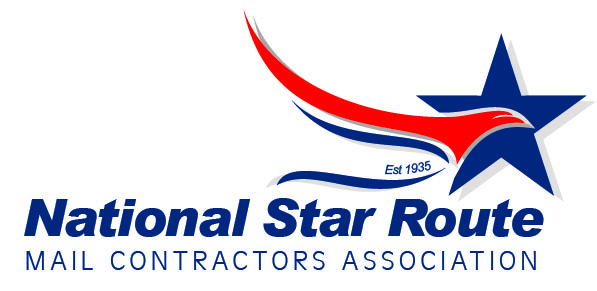Budget Plan Hikes Transportation Spending
The White House’s proposed 2023 budget includes modest increases for federal regulators of the trucking industry and expanded mail delivery to underserved communities.
The administration’s $5.8 trillion budget proposal, which was issued March 28, outlines numerous plans to change the trucking industry. Most of this would come from funding initiatives through the Transportation Department and its division focused on heavy-duty vehicles: the Federal Motor Carrier Safety Administration (FMCSA). The budget request also references a proposed “expansion of USPS delivery capacity in underserved areas,” but no corresponding line item.
Administration budget proposals aren’t binding on Congress, and frequently differ from Congress’ final budget.
The administration is requesting $142 billion for the Transportation Department in 2023. Of that amount, $78.4 billion is designated as mandatory funding, a modest increase over the previous year’s $76.8 billion; an additional $36.8 billion would go to emergency-designated advance budget authority to cover infrastructure improvements, nearly the same amount requested for the current budget; and a further $26.8 billion would be for discretionary budget authority, according to the budget figures.
Among the projects budgeted is $4 billion for National Infrastructure Investment grant programs and another $1.64 billion in grant money to go toward “reducing freight and highway bottlenecks.”
FMCSA Funding
The FMCSA’s portion of that budget is comparatively small; $874 million, and would go to such things as:
- funding more staff (1,285 full-time equivalent positions, versus 1,209 requested for this budget year);
- Motor Carrier Safety Grants focused on commercial motor vehicles and licensing laws ($506 million); and
- revised Corporate Average Fuel Economy standards to “maximize fuel efficiency standards for medium- and heavy-duty trucks.” ($27.5 million), according to the Transportation Department’s breakdown of the proposal.
The extent of the postal service expansion is more nebulous.
While the budget plan mentions funding for expanded Postal Service delivery as part of a discussion on strengthening election-related mail, it does not appear in the budget table in the document. The only line item specific to the Postal Service is for $500 million on the aforementioned changes to election-related mail service. This includes making ballots postage-free and lowering the cost of other election mail for both jurisdictions and voters.
Normal postal operations are not detailed in the report, as the Postal Service has been off-budget since 1970.
